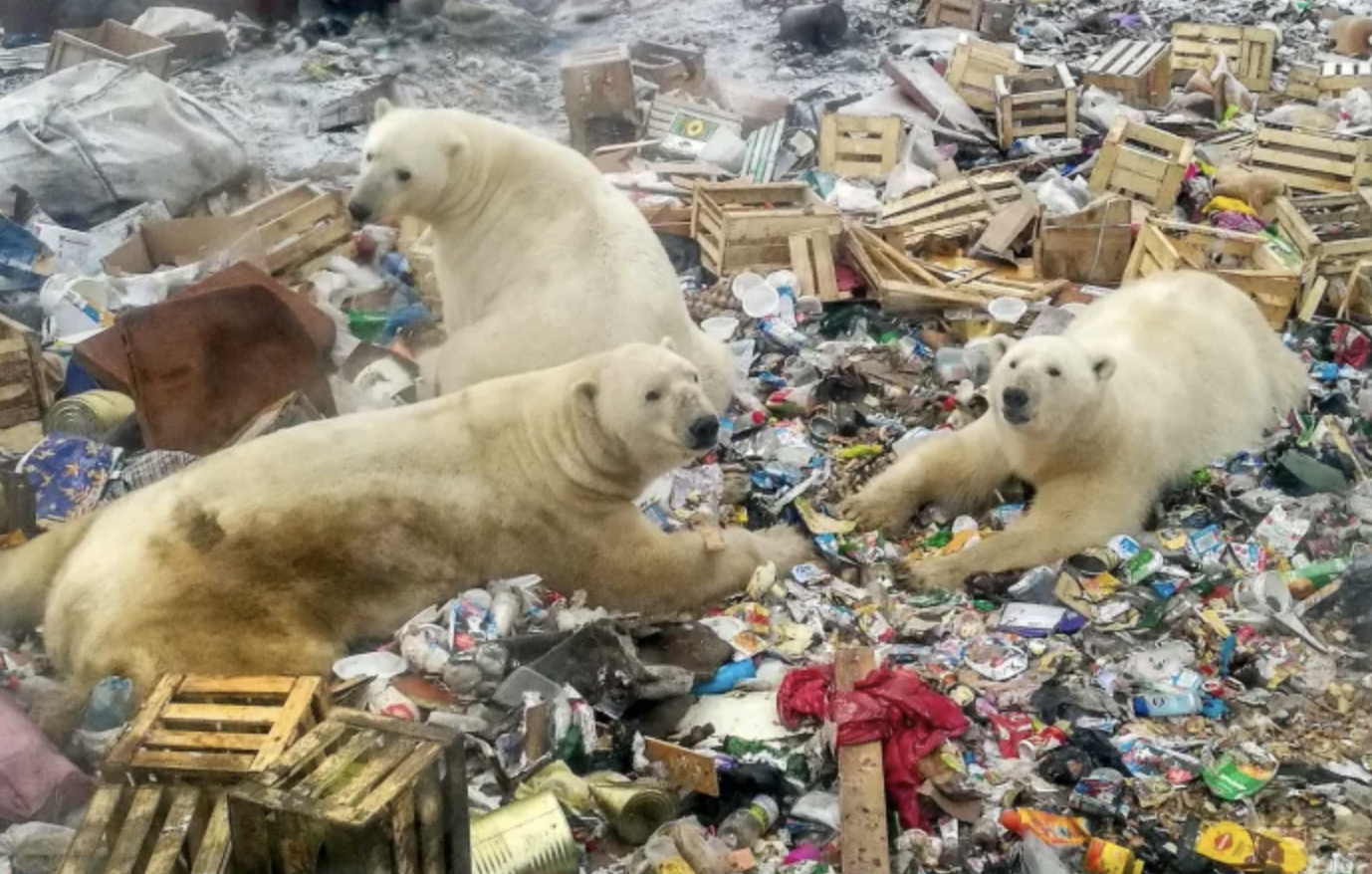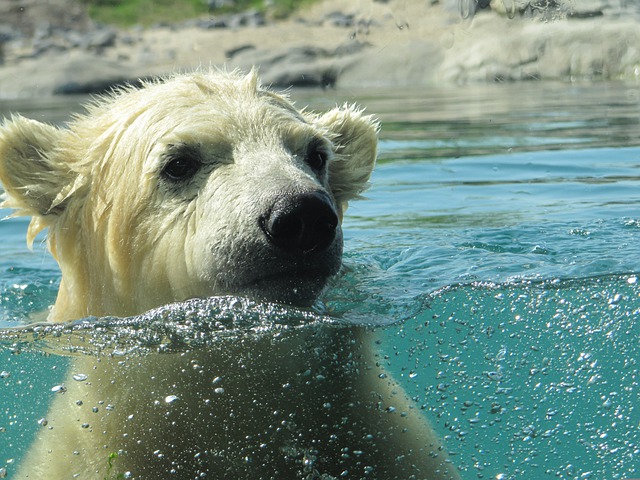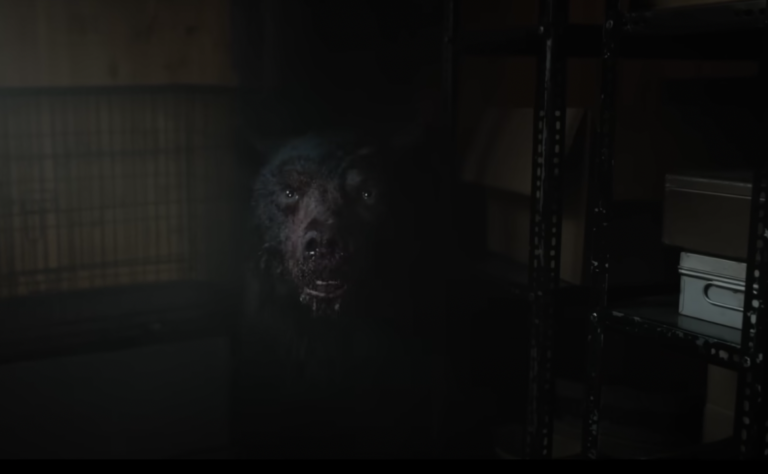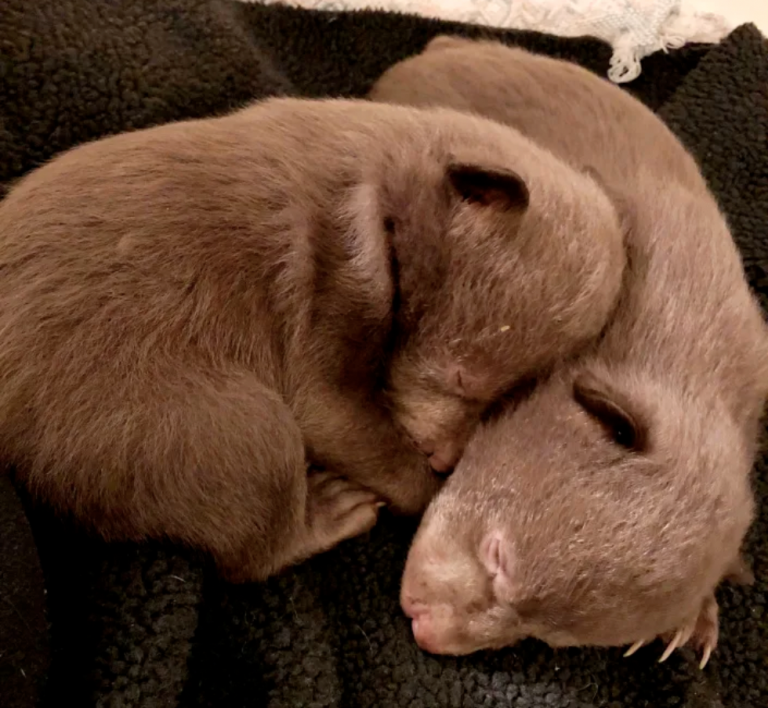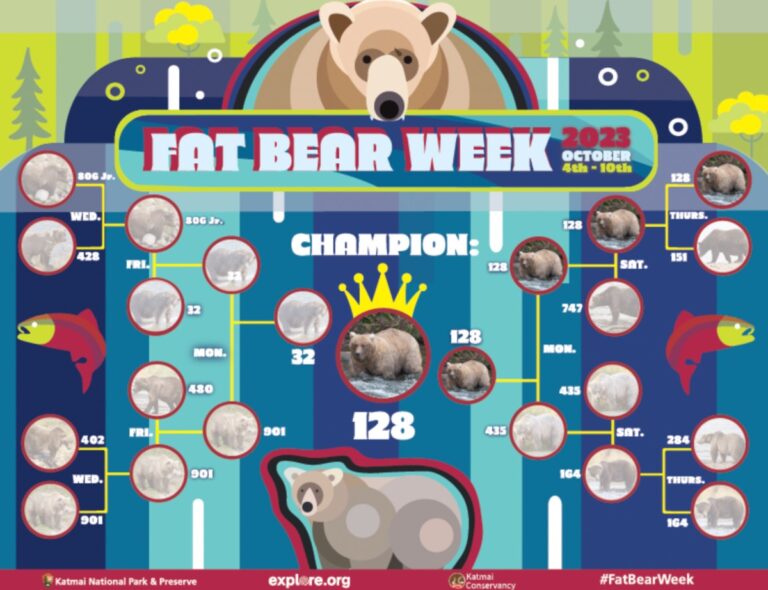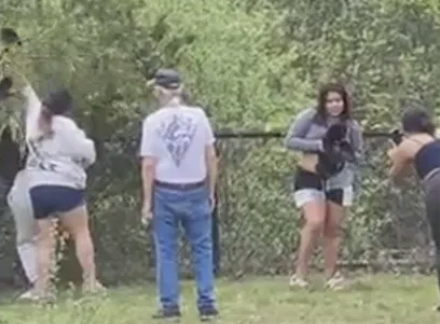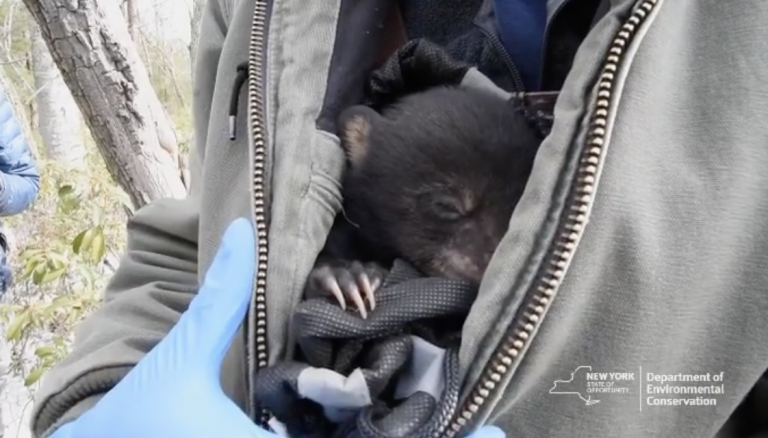Polar Bear Population is Threatened by Human Waste
In the Arctic, the polar bear population is threatened by human waste. According to the new research, polar bears struggle to find and hunt seals. To reprimand for the lack of seafood, they are following their nose and ravaging human waste instead. Like our brown and black bears, polar bears are coming into town to look for food.
In the Cambridge University findings, they present six case studies showing human waste’s negative effects on polar bears. According to the article, food-motivated bears will step into human-populated territories to get food. They now associate humans with food rewards, which leads to property damage, injury, and death. Death usually comes to the bears.
Right now, we can find polar bears feeding on piles of human trash. They are ingesting items such as plastic, metal, and other hazards that cause serious harm to their health. They either die or weaken their immune system by ingesting hazardous items full of chemicals. Things such as antifreeze attract bears, but when they consume it they die.
Polar Bear Food Struggle
Over the past three decades, the ice in the Arctic has decreased by 40%. The lack of sea ice makes it difficult for bears to hunt for their favorite food, seals. Bears rely on the ice to stay on land and hunt for seals as they peek out to breathe air. While bears are good swimmers, they can’t chase a fleeing seal as fast in the sea as they can on land. Once the thinning ice melts fully, it will cause polar bears to look for food further ashore.
Russia, Alaska, Canada and Greenland aurroun the Arctic. These communities around the Arctic are indigenous hunters, gatherers, and city dwellers. The population has risen to four million, leading to plenty of human waste for polar bears. While there are various solutions to this problem, they all require federal funding and money the communities do not have.
First, there needs to be more documenting to find a solution for the bears and communities. By documenting the bear encounters communities can each make their own bear-proof plans. Humans need to find a better solution for dumping waste, storing their food, and not leave hunting carcasses outside. Not too far ago, Yellowstone Park used to have an issue with their human-bear interaction as well. Over the years, they have managed to go from over a thousand incidents to only twenty or so yearly bear-human interactions. As the population in Arctic grows and takes over the bear-populated land, the communities will need to find better ways to live with neighboring polar bears.

